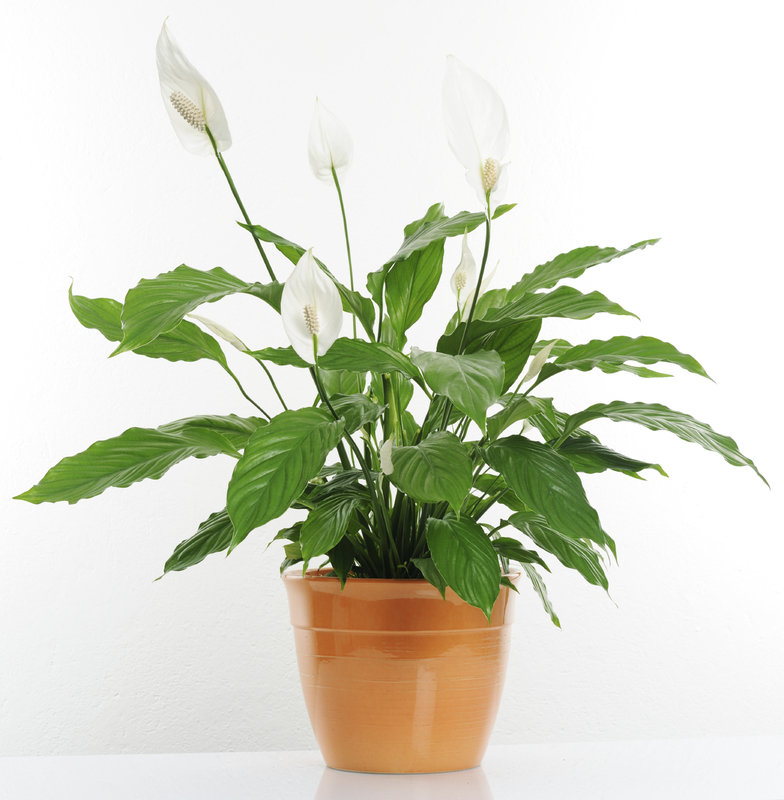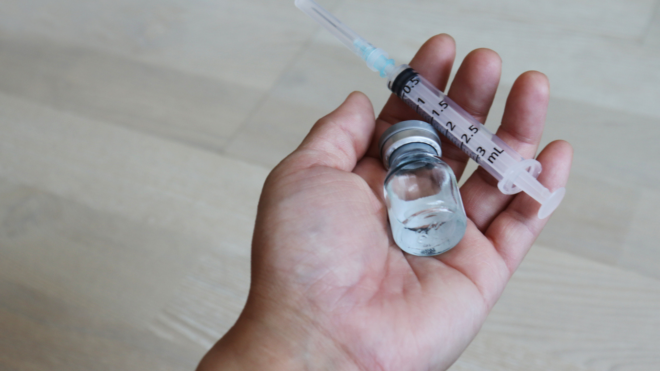You've probably seen all of the houseplants in this slide show. They're all lovely — and they're all poisonous. When I talked with landscaper Lisa Cangialosi of When In Bloom about protecting kids from plants, she told me something a little shocking: Poisonous houseplants can sometimes be more toxic than garden plants. Fortunately, most of them cause so much pain in the mouth your child is not likely to swallow them as well.
That doesn't mean you shouldn't keep any of these poisonous houseplants in your home at all. Cangialosi recommends you keep them well out of reach of babies and small children. For that matter, you should make sure your pets can't get to these plants, either, as they can be harmful to animals as well.
If your child does happen to eat or taste any of these toxic houseplants, the New York Botanical Garden recommends contacting your local poison control center. Find out how much your child ate and watch for any adverse symptoms.
More from The Stir: 10 Toxic Plants That Could Put Your Child in Danger

How many of these plants do you already have in your home?
Images © iStock/panpote, ©iStock.com/mykeyruna
Amaryllis

These flowers come in pink or white as well as red. Eating Amaryllis bulb can irritate the mucous membranes and cause the tongue and lips to swell.
Caladium

Caladium sometimes has a pinker leaf than shown here. It can irritate mucous membranes and cause swelling of the tongue and lips. If swallowed, Caladium can lead to diarrhea and vomiting. If it gets in your eyes, it can damage your cornea.
Dumbcane

Eating dumbcane will cause intense burning and swelling in your mouth, and possibly lead to vomiting.
English Ivy

Eating English ivy berries can make your throat burn and can lead to a fever or rash.
Flamingo Flower

Eating Flamingo Flower will case an intensely painful burning sensation in your mouth. It also causes swelling, hoarseness, and difficulty swallowing.
Oleander

Don't mess around with Oleander. All parts of this plant are toxic. Just one leaf can be fatal. The plant disrupts heart functions and can be deadly. Oleander flowers can also be white.
Peace Lily

We see these in every doctor's office, but when eaten, the Peace Lily is not so peaceful, causing a painful burning and swelling in the mouth.
Philodendron

This is another plant you see everwhere. But eating Philodendron can cause irritation and swelling in the mouth. Worse, it can lead to vomiting and diarrhea.
Pointsetta

We welcome the Pointsetta into our homes every holiday season. Yet the sap is not so merry. It causes nausea, diarrhea, vomiting, and irritaition if swallowed. Just touching the sap can severely irritate your skin.
Pothos

The Pothos looks a lot like the Philodendron — and it's toxic in the same way, too: It will cause burning and swelling in your mouth.
Swiss Cheese Plant

The so-called Swiss Cheese plant, also known as Monstera or Monster plant, can cause intense irritation of your mucus membranes and swelling in the mouth.
ZZ Plant

There's some debate as to how toxic ZZ plant, or Zamioculcas zamiifolia, really is. We say, play it safe. Better Homes and Gardens recommends wearing gloves when you handle it.




